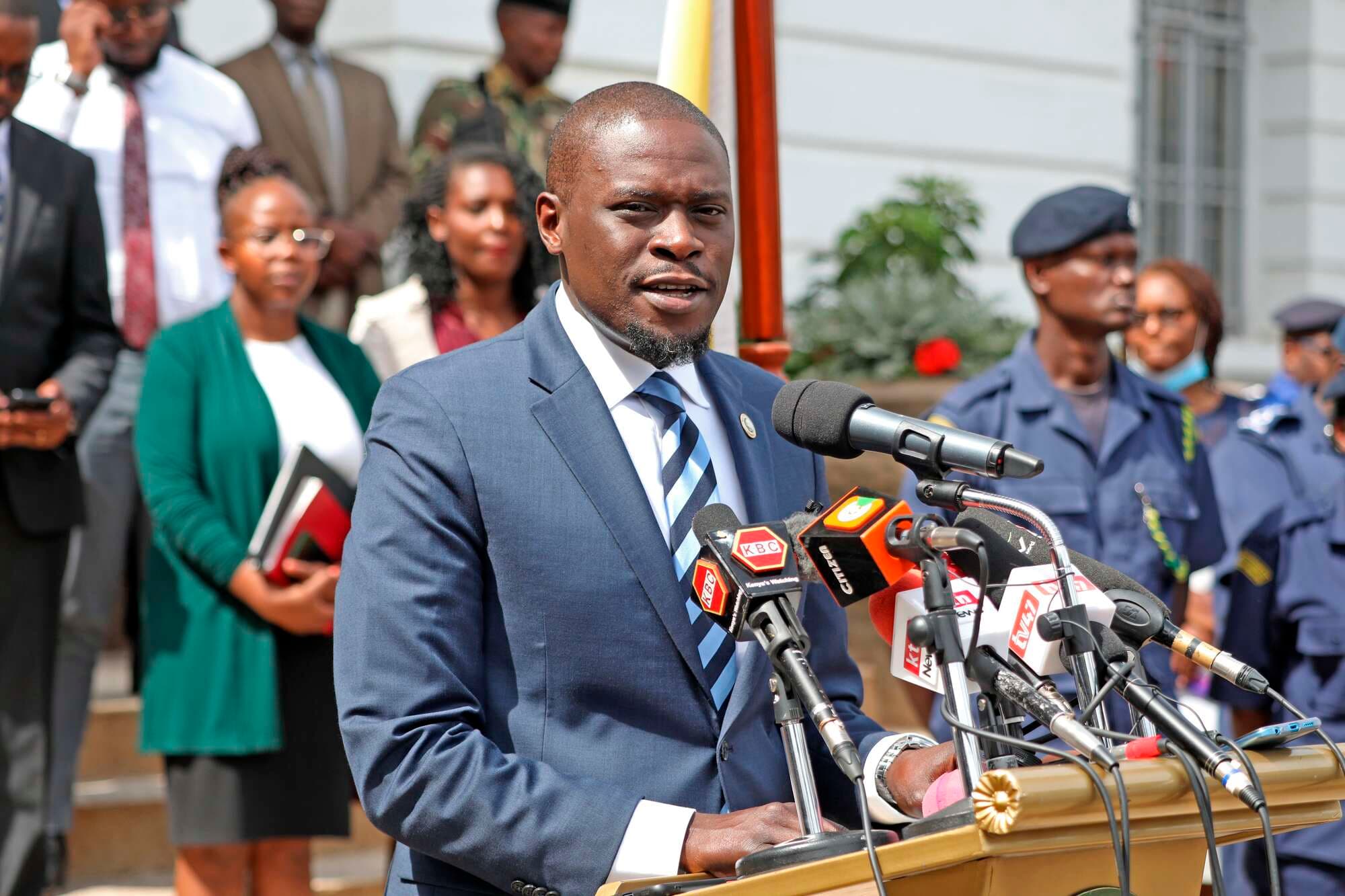Loading News Article...
We're loading the full news article for you. This includes the article content, images, author information, and related articles.
We're loading the full news article for you. This includes the article content, images, author information, and related articles.
Governor Sakaja's sweeping changes see high-profile Chief Officer Geoffrey Mosiria reassigned and a new administrative layer created, aiming to bring City Hall services closer to Nairobians. But questions over political motives and coordination with national government loom large.

Nairobi Governor Johnson Sakaja has initiated a significant overhaul of his administration, reassigning ten Chief Officers and formally launching a new decentralized governance structure of six boroughs. Announced via a circular dated Tuesday, 18th November 2025, the move is framed as a strategic effort to enhance service delivery across the capital. This restructuring coincides with a parallel move by the national government, which recently established three new administrative sub-regions in Nairobi, creating a complex dual-governance framework for the city of over five million people.
The governor's office stated the changes are designed to “move City Hall and our services closer to Nairobians,” aiming to cut bureaucracy and improve accountability. The reshuffle was executed under Section 45(5) of the County Government Act, 2012, which grants the governor authority to re-assign chief officers.
The most high-profile change is the transfer of Geoffrey Mosiria, the outspoken Chief Officer for Environment. Mosiria, known for his hands-on approach and high-profile enforcement raids on illegal dumping and noise pollution, has been moved to head the Citizen Engagement and Customer Service docket. During his tenure, Mosiria gained significant public visibility, frequently documenting his operations on social media platforms like TikTok.
While Governor Sakaja described the changes as routine, the move has sparked considerable public debate and speculation. Some City Hall insiders, speaking anonymously, suggested Mosiria's rising popularity and proactive style may have overshadowed his superiors, making some senior figures uncomfortable. Social media commentary echoed this sentiment, with some residents suggesting the move was a demotion influenced by business owners affected by his stringent enforcement, with some quipping that “bar owners have won.” Mosiria's new role will focus on managing public feedback and improving the county's customer care systems, a significant shift from the frontline enforcement that defined his public image. He has been replaced in the Environment docket by Hibrahim Otieno, who previously headed Medical Facilities.
Concurrent with the cabinet reshuffle, Governor Sakaja appointed the first-ever managers for six newly created administrative units, a key pillar of his campaign manifesto to decentralize city services. The new boroughs and their managers are:
The stated goal of this model is to make local services more responsive by empowering managers to address community-specific challenges directly, from waste collection to road repairs. According to county documents from January 2024, the Nairobi County government had allocated KSh400 million in the 2023/2024 financial year budget for the construction and infrastructure to support the establishment of the boroughs.
This decentralization effort aims to tackle Nairobi's perennial service delivery challenges. However, it introduces a new layer of administration at a time when the national government is also redrawing its own administrative map of the city. In a gazette notice dated 12th November 2025, the Interior Ministry created three sub-regions—Nairobi North, Nairobi East, and Nairobi West—each to be overseen by an officer of the rank of County Commissioner. The potential for overlapping mandates and administrative friction between the county's six boroughs and the national government's three sub-regions is a significant concern for governance experts. This dual restructuring could either enhance coordination or lead to power struggles and inefficiencies if not managed collaboratively.
The borough model has drawn comparisons to the now-defunct Nairobi Metropolitan Service (NMS), a body appointed by the national government that took over key county functions between 2020 and 2022. While the NMS was credited with some infrastructure successes, it was also heavily criticized for undermining the principles of devolution. Governor Sakaja has publicly ruled out any transfer of functions to the national government, stating the NMS experiment ended “disastrously” and left behind pending bills worth KSh 16 billion. His borough system appears to be an attempt to achieve decentralization from within the county structure, preserving devolved authority. However, its success will depend on clear mandates, adequate funding, and genuine empowerment of the borough managers.
The Kenya Alliance of Resident Associations (KARA), a key stakeholder in urban governance, has long advocated for structured citizen engagement and the decentralization of services. While no official statement on the new boroughs has been released, the framework aligns with their calls for governance structures that are closer to the people. The effectiveness of these new units will ultimately be judged by Nairobians on whether they see tangible improvements in their neighbourhoods, from cleaner streets and reliable water supply to repaired roads and enhanced security.